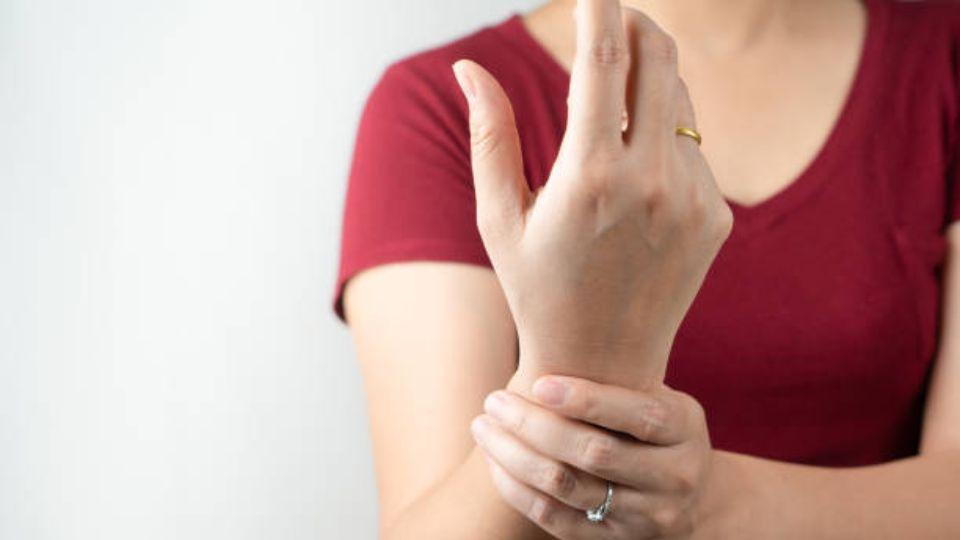
Rheumatoid arthritis (RA) is an autoimmune disease that affects around 1.3 million Americans, with women being three times more likely to develop it than men. Although the exact cause of RA is still unknown, many studies have revealed some key factors that make women more susceptible to this condition. In this article, we will discuss why women are more prone to RA than men and the steps that healthcare providers can take to help their female patients manage the condition.
What Causes Rheumatoid Arthritis?
RA is an autoimmune inflammatory disorder that affects the joints and other organs in the body. It occurs when the immune system mistakenly attacks healthy tissues, leading to inflammation, pain, and stiffness. The cause of this disease is not fully understood, but it has been linked to genetic factors, exposure to environmental triggers, and hormonal imbalances.
Why Women Get Rheumatoid Arthritis More Than Men?
Research has found that women are three times more likely to develop RA than men. This may be due to a number of factors, including their hormonal profile, lifestyle factors, and genetic makeup.
Hormones play a significant role in the development of RA. Estrogen is known to stimulate the immune system and can lead to an increase in inflammation. This is why women are more prone to developing RA during pregnancy when their estrogen levels are at their highest.
Women are also more likely to have a family history of RA, which may contribute to their increased risk. Additionally, lifestyle factors such as smoking, being overweight, and having a sedentary lifestyle may increase a woman's risk of RA. However, it is important to note that these factors only play a role in the development of RA and do not necessarily cause it.
How Can Doctors Help Their Female Patients Manage Rheumatoid Arthritis?
The first step that healthcare providers can take to help their female patients manage RA is to educate them about the disease. Patients should be informed of risk factors, treatment options, and lifestyle modifications that can help reduce their symptoms.
It is also important for patients to receive regular medical checkups and screenings, as early diagnosis and treatment can help reduce the severity of symptoms. You may also consider lumbar spinal decompression as a treatment option for your female patients. This type of therapy can help reduce pain, inflammation, and stiffness and improve the range of motion. The exact treatment plan for RA will depend on the individual, so it is essential to work with patients to develop a plan that works for them.
It is also important for patients to follow a healthy lifestyle, as this can help reduce their risk of developing RA or other conditions. Encouraging female patients to stay active, eat a balanced diet, limit alcohol and tobacco use, and manage stress levels can help reduce their risk of developing RA.
Wrapping Up
Understanding the reasons behind the higher prevalence of rheumatoid arthritis in women is crucial for healthcare providers, allowing them to better diagnose and manage this debilitating condition. As a doctor or healthcare organization, consider incorporating the spinal decompression machine into your arsenal to alleviate patients' pain and potentially reduce the severity of their RA symptoms. Encouraging female patients to take control of their health by making lifestyle modifications and staying up-to-date with medical checkups can also help reduce their risk of developing RA.
If you have any questions about the spinal decompression machine, please do not hesitate to contact us. We are here to help you provide the best possible care for your patients.
